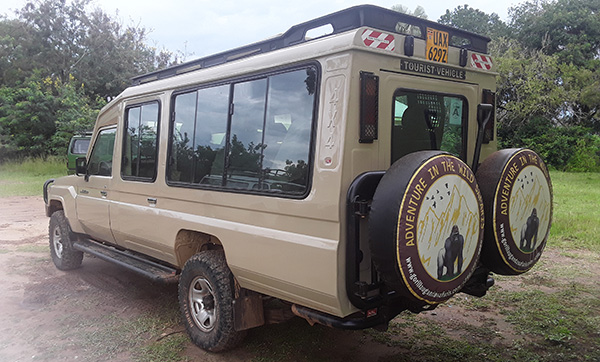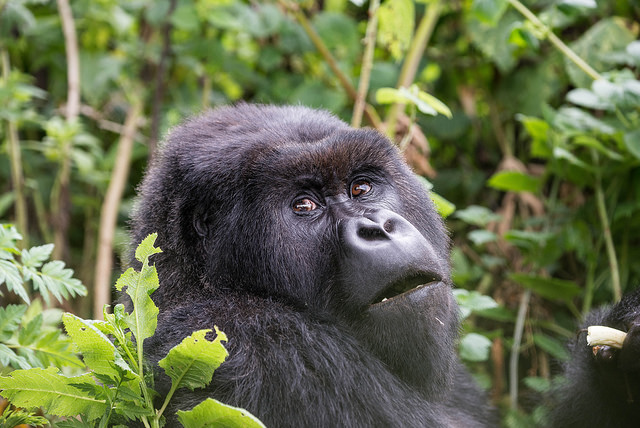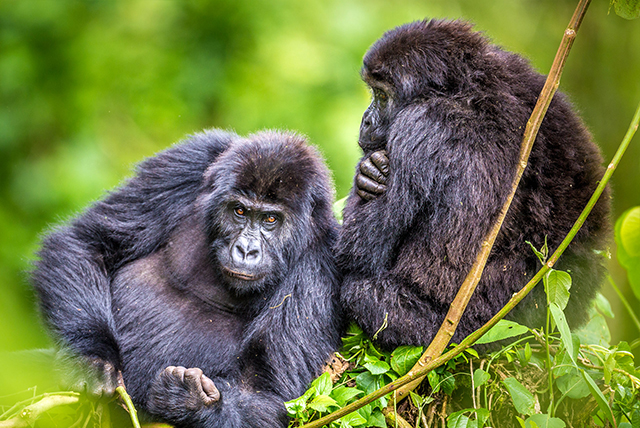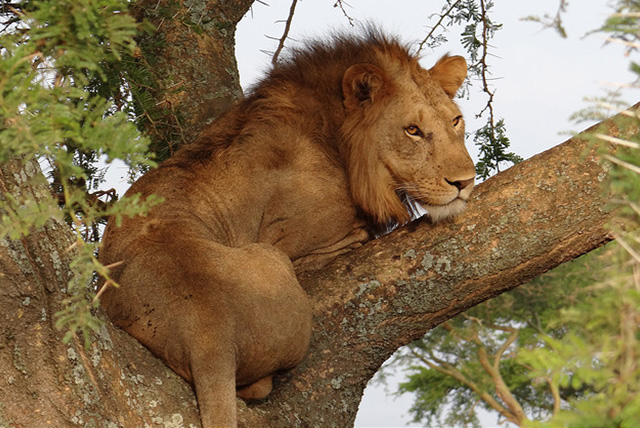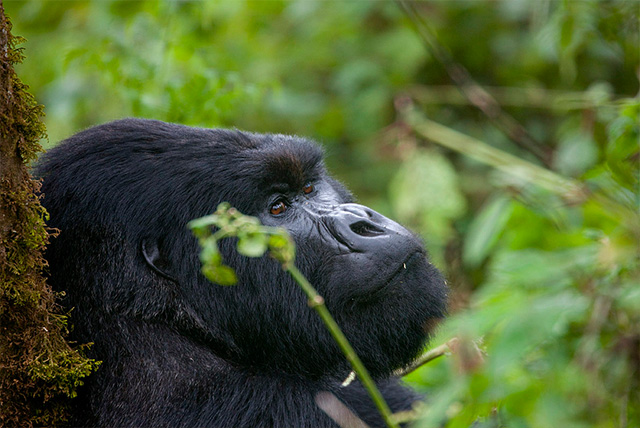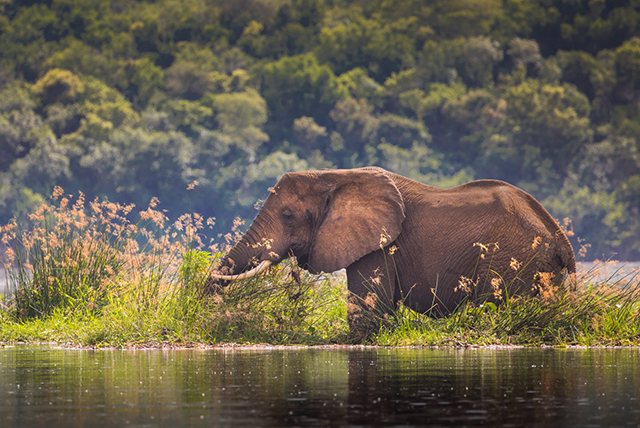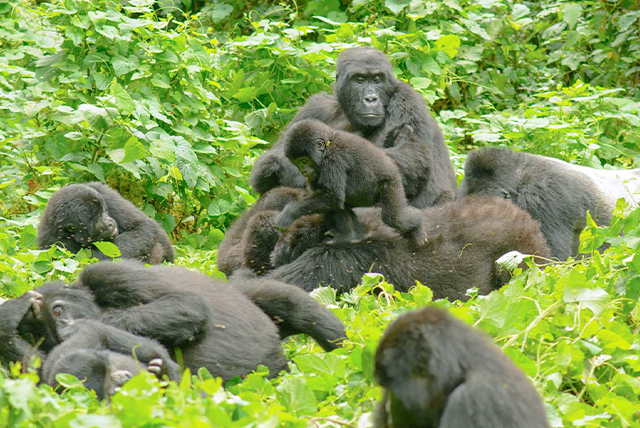Month-by-Month South Africa Safari Guide
Every single month South Africa Exploration Manual
South Africa experiences clear summer and winter months, while spring and autumn blend together in a more subtle way. In Johannesburg, Kruger, the Eastern Cape, and KZN, summer brings refreshing rain and dry, sunny winters, while the Western Cape experiences dry summers followed by wet, windy winters. Here is a basic month-by-month overview of South Africa.
January – Cape Town and the stunning beaches of the Garden Route
One of the most exciting times to explore South Africa, the weather is perfect for relaxing on the beach, especially in the Western Cape, from Cape Town, all the way along the Garden Route. Durban and the KwaZulu Natal coast can be brimming with excitement at this time of year. In Kruger, the lush landscape presents a thrilling challenge for game viewing, yet the absence of crowds and the thick greenery create perfect opportunities for photography.
February – Serene Cape Town, a place where the sun shines brightly and the atmosphere is alive with excitement.
For those in the know, February offers a serene escape as the hustle and bustle of holiday traffic has faded away. It remains lively, yet it sheds the intense rush of December and early January. The sun blazes overhead, and a laid-back vibe fills the air.
March – The Final Days of Summer
The air starts to crisp in the Cape and along the coast. Beach holidays remain an exciting choice, and in the Kruger, the landscape starts to open up.
April – a time of quiet charm, where the rains bring forth enticing deals and unexpected treasures.
April typically brings refreshing, crisp weather, making it an excellent time to explore the wonders of Kruger National Park. Things can become quite lively around the Easter weekend, so it is wise to secure your plans ahead of time. In Cape Town, the weather dances between cloudy, rainy days and bursts of spectacular sunshine. The ever-changing weather adds an element of challenge when it comes to organizing boat trips and mountain escapades.
May – The beginning of the thrilling safari season
The entire nation starts to embrace a refreshing chill. The days are pleasantly warm, but the nights bring a refreshing chill. As winter begins to unfold, the dry season arrives for Kruger, Hluhluwe, Isimangaliso, and Pilanesburg, heralding the onset of the most thrilling safari months ahead. Cape Town typically enjoys a warm high of about 20 degrees, with an uptick in rainfall.
June – The perfect time for thrilling encounters with wildlife in Kruger National Park
In Kruger and other game reserves, the early morning and evening game drives can be brisk, while the daytime temperatures are comfortably warm at about 26 degrees. This is a fantastic moment for spotting wildlife in the parched wilderness. Cape Town and the Western Cape coastline are experiencing an increase in clouds and moisture, with daytime temperatures now hovering around 18 degrees.
July – The Season for Whale Watching Begins
Along the coast from Gqeberha to Cape Town, Southern right whales embark on a journey, drawing nearer to the shore to give birth in the inviting shallows of warmer waters. This is the perfect moment to embark on an exhilarating journey through Kruger for an unforgettable Big 5 safari. The daytime temperatures are delightful, and with the absence of rain, the chances of malaria are minimal.
August – A time of transformation, perfect for thrilling game viewing in Kruger.
The Cape remains refreshingly damp and crisp, and with the arrival of winter rains, the vibrant flowers in the Northern Cape could start to burst into bloom. This month offers an exciting opportunity to explore the wonders of Kruger National Park, where wildlife encounters are at their peak. The season for whales is in full swing.
September – A Journey Through Namaqua Wildflowers
This is a thrilling time to explore any of South Africa’s game reserves. As winter fades away, September unveils breathtaking showcases of wildflowers along the West Coast. The end of September marks the height of whale season, coinciding with the exciting Whale Festival in Hermanus.
October – This time of year offers a chance to explore without the hustle and bustle of large crowds.
The entirety of South Africa starts to come alive with warmth. In Cape Town, the whales grace False Bay, and the rain diminishes after the winter months. In the north, as the temperature rises, dark clouds of rainstorms loom on the horizon. October offers a perfect opportunity for an escape to the beach and the wilderness, away from the hustle and bustle.
November – The final month for whale watching
November, a transitional month, offers a great opportunity to explore the often scorching or frigid Karoo interior. In KwaZulu Natal, the rains have started to pour, bringing with them a surge of humidity that transforms the landscape. Kruger also sees an increase in rainfall, causing the animals to spread out, which makes spotting them more difficult. November marks the exciting journey of the whales as they set off to their summer feeding grounds.
December – A time of lively celebrations
December is the height of excitement across South Africa. School holidays align with international travelers, and places like Cape Town and the Garden Route are alive with the vibrant spirit of the holiday season. While it may not be the ideal moment to explore Kruger or KwaZulu Natal, the vibrant greenery and serene atmosphere hold a certain charm for many adventurers. Plan your festive season activities ahead of time to ensure a delightful experience.

